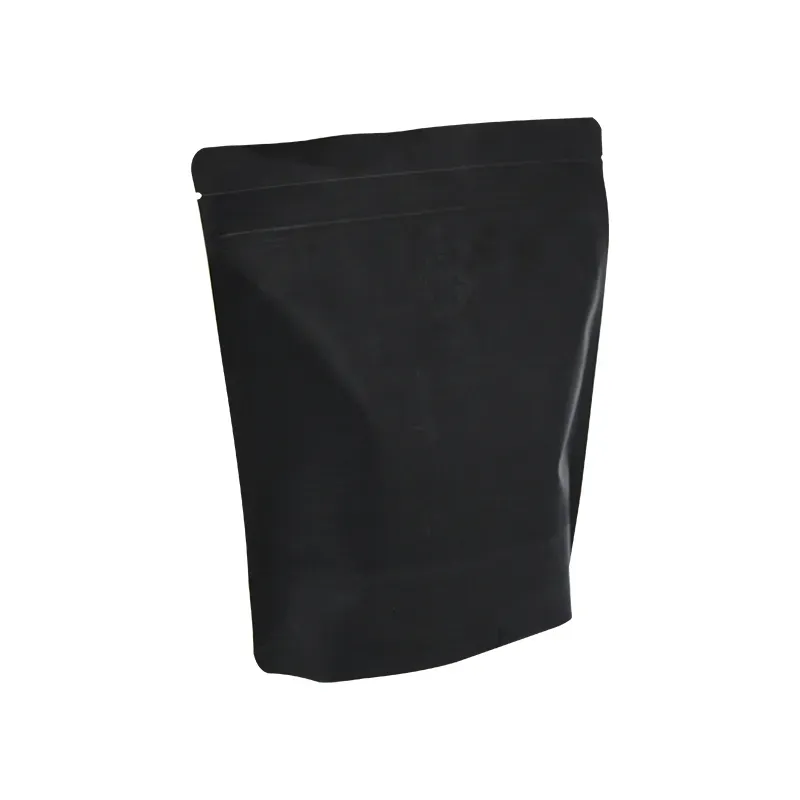- Afrikaans
- Albanian
- Amharic
- Arabic
- Armenian
- Azerbaijani
- Basque
- Belarusian
- Bengali
- Bosnian
- Bulgarian
- Catalan
- Cebuano
- chinese_simplified
- chinese_traditional
- Corsican
- Croatian
- Czech
- Danish
- Dutch
- English
- Esperanto
- Estonian
- Finnish
- French
- Frisian
- Galician
- Georgian
- German
- Greek
- Gujarati
- haitian_creole
- hausa
- hawaiian
- Hebrew
- Hindi
- Miao
- Hungarian
- Icelandic
- igbo
- Indonesian
- irish
- Italian
- Japanese
- Javanese
- Kannada
- kazakh
- Khmer
- Rwandese
- Korean
- Kurdish
- Kyrgyz
- Lao
- Latin
- Latvian
- Lithuanian
- Luxembourgish
- Macedonian
- Malgashi
- Malay
- Malayalam
- Maltese
- Maori
- Marathi
- Mongolian
- Myanmar
- Nepali
- Norwegian
- Norwegian
- Occitan
- Pashto
- Persian
- Polish
- Portuguese
- Punjabi
- Romanian
- Russian
- Samoan
- scottish-gaelic
- Serbian
- Sesotho
- Shona
- Sindhi
- Sinhala
- Slovak
- Slovenian
- Somali
- Spanish
- Sundanese
- Swahili
- Swedish
- Tagalog
- Tajik
- Tamil
- Tatar
- Telugu
- Thai
- Turkish
- Turkmen
- Ukrainian
- Urdu
- Uighur
- Uzbek
- Vietnamese
- Welsh
- Bantu
- Yiddish
- Yoruba
- Zulu
Effective Techniques for Hanging Cannabis to Dry Properly and Preserve Potency
Hang Drying Weed A Detailed Guide for Cannabis Enthusiasts
When it comes to harvesting cannabis, the process doesn't end with cutting down the plants. One of the most crucial steps that can profoundly affect the quality of the final product is hang drying. This traditional method is favored by many cultivators, both amateur and professional, for its ability to preserve the flavor, potency, and aroma of the cannabis flowers. In this article, we will explore the benefits of hang drying weed, the steps involved, and some tips to ensure the best results.
Why Hang Drying?
Hang drying is a time-honored technique that allows the marijuana to dry evenly and gradually. When cannabis is harvested, it retains a significant amount of moisture. If this moisture isn't removed properly, it can lead to mold and mildew, effectively ruining the crop. Hang drying helps maintain the integrity of the trichomes, the tiny crystals on the surface of the buds that contain THC, CBD, and a host of other cannabinoids and terpenes that contribute to the plant's overall effects and flavor profile.
The Hang Drying Process
1. Harvesting the Plant
The first step in the hang drying process is the careful harvesting of the cannabis plants. Use sharp, clean scissors or garden shears to cut down the branches, ensuring that you leave some of the stem intact. This larger stem can act as a conduit for moisture to escape during the drying process.
2. Trimming
Once the plants are harvested, you can choose to trim the leaves before or after the drying process. Many growers prefer to do a preliminary trim, removing large fan leaves but leaving sugar leaves that are coated in trichomes. This helps to improve airflow and reduce the risk of mold during drying.
3. Hanging the Buds
hang drying weed

Choose a dark, cool, and well-ventilated space to hang your cannabis. A temperature range of 60-70°F (15-21°C) and humidity levels between 45-55% are ideal for drying. You can use a simple clothesline, string, or even specialized drying racks. Make sure to space the branches apart to allow for adequate airflow. Avoid overcrowding the drying area to minimize the risk of mold growth.
4. Monitoring the Environment
As your cannabis hangs, it's essential to monitor the environment regularly. Keeping an eye on the temperature and humidity levels will ensure that the drying process proceeds smoothly. If your space is too humid, consider using a dehumidifier to help lower the moisture level. Conversely, if it’s too dry, you might want to lightly mist the room with water to maintain an optimal environment.
5. Duration of Drying
The duration of the drying process can vary, but generally, hanging cannabis should take about 7-14 days. You’ll know it’s ready when the stems snap easily, and the buds feel dry to the touch but still retain some pliability. Burrs or over-dried cannabis can result in a harsh smoke and loss of flavor.
Curing the Buds
Once the hang drying process is complete, curing is the next essential step. Place the dried buds into airtight glass jars, filling them about three-quarters full to allow for some air circulation. Open the jars once a day to let out any excess moisture and to let fresh air in. This process can last from a few weeks to several months and helps to enhance the flavor and potency of the cannabis. It’s during curing that the nuanced flavors and aromas develop fully, making for a more enjoyable smoking experience.
Final Thoughts
Hang drying weed is a traditional method that, when done correctly, results in high-quality cannabis. By understanding the importance of this process and taking the time to do it right, cultivators can ensure that their harvest is not only preserved but also enhances the overall experience for users. So, whether you are growing a few plants for personal use or cultivating on a larger scale, mastering the art of hang drying can significantly impact the end product. Remember, patience is key; taking the time to properly dry and cure your cannabis will reward you with a more potent, flavorful product. Happy growing!













